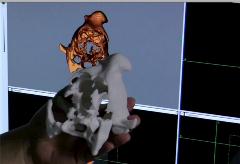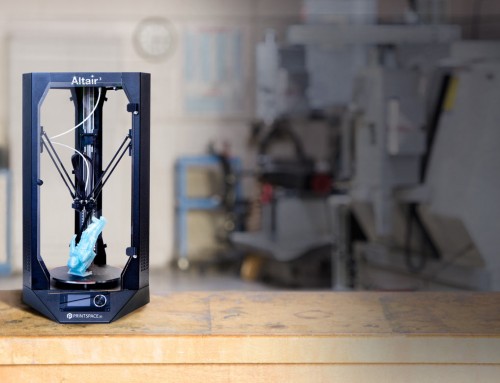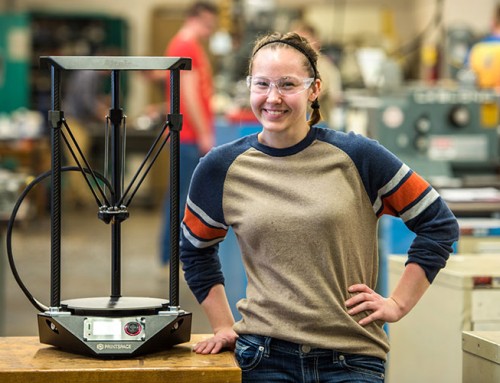Bioprinting is a major trend in medicine, promising a plethora of advances and new ways of dealing with medical issues. For organ or tissue replacement, there are never enough doners and rejection is a potential nightmare. Bioprinting has the potential to provide solutions to challenging medical problems by producing a viable replacement of complex organs. Scientists at Wake Forest IRM are using bioprinting to develop a replacement bladder (see above picture). Bioprinting even extends to arguably one of the most complex organs of the body, the central nervous system.
What is Bioprinting?
For those unfamiliar with the idea, bioprinting is not too different from FDM printing; an extruder with a nozzle releases very controlled volumes of cultured cells. The orifice for the nozzle can be measured in microns, and the cells are typically printed onto a special substrate designed to facilitate and control growth. Although this is an extreme simplification, the basic process is very similar to other forms of 3D printing.
Printing a Brain
A model bran has recently been printed. 3D printed models of the brain and skull have proved invaluable in research and preparation for surgical procedures. Vets are even beginning to use the technique. Being able to properly visualize the pitfalls before surgery is imperative, and additive manufacturing is a fast, easy way to do that.
This is not limited to models, though. Doctors are beginning to print with neural tissue created from stem cells. Stem cells have been crucial in medical applications of bioprinting so far, as they solve a major problem: rejection. If the stem cells are taken from the patient who needs the replacement organ and “teased” into becoming the correct kind of cell, then cultured, there is no risk of the body not recognizing the cells as its own. This also makes relying on donation a non-issue. The patient becomes their own donor.
3D Printing and Neurology Research
In a similar vein, the potential for study of unique brain diseases is also extraordinary. The cells could be cultured from a person with a known neurological disease, and partial brain structures printed to understand the actual physical impact. Probably the most notable disease this could impact is schizophrenia, as it seems to be a uniquely human disease, so testing on lab animals is impossible.
As bioprinting progresses, the nervous system is another fantastic field of medicine that will only stand to gain from the advances. It’s one of the most crucial systems in the body, and has always been tricky to repair. Being able to replace damaged nerves is one more step to a wonderful future.






